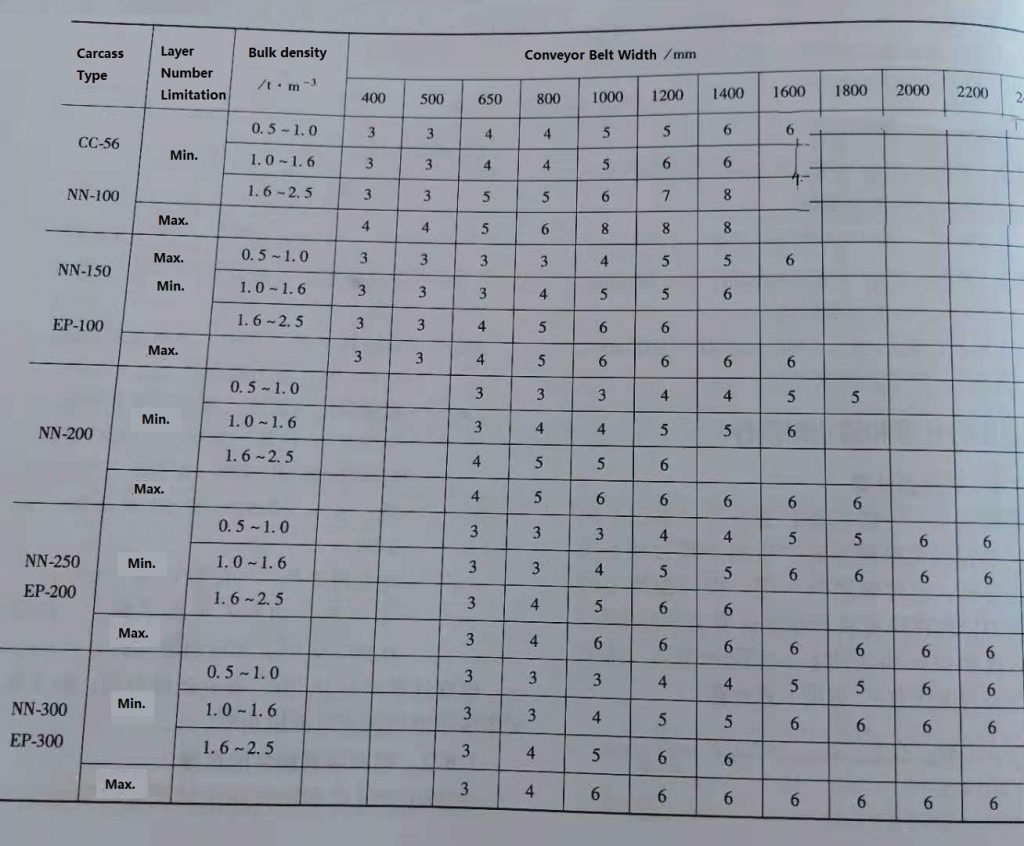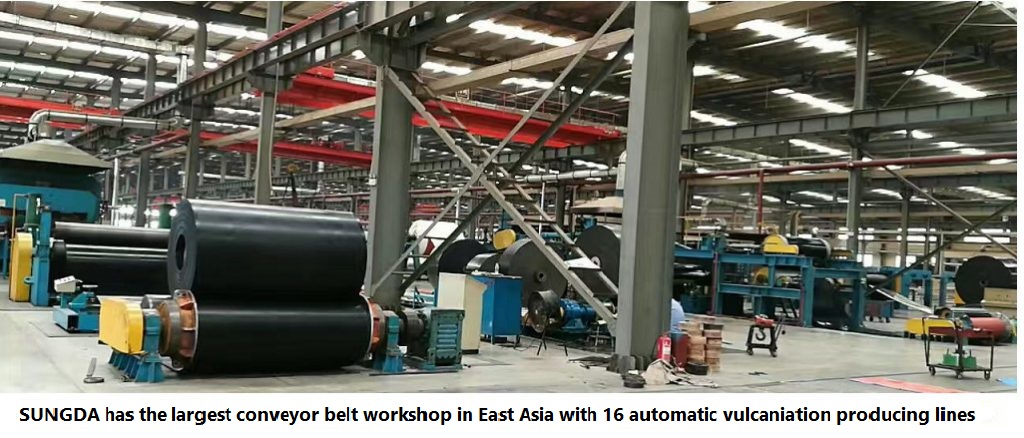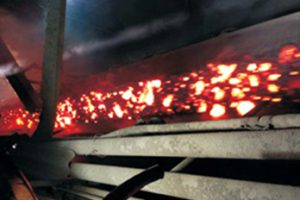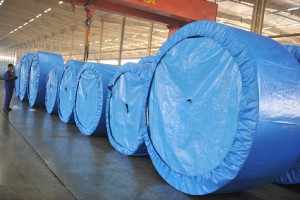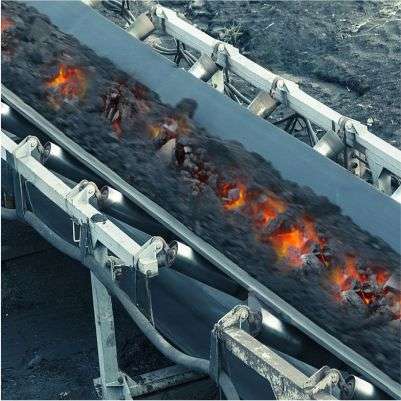How to select the layers of heat resistant conveyor belt
The fabric conveyor belt is designed for conveying various items with special performance in different regions and under environmental conditions. The conveyor belt carcass structure is mainly for cold, oil, heat, high temperature, and chemical corro...
What are the hazards of heat-resistant EP conveyor belt surface damage
In recent years, the use of EP heat-resistant conveyor belts has become more widespread, especially in the ;mining, cement and steel industry. Although the conveyor belt looks very durable, it is actually a consumable. During continuous use...
How to improve the performance of fire resistant conveyor belts
The fire-resistant conveyor belt usually consists of working surface covering rubber, non-working surface covering rubber and belt fabric ply. The working surface covering rubber is made of halogenated butyl rubber, ethylene-propylene rubber, styrene...
What are the factors that cause appearance defects such as scare in heat-resistant conveyor belts?
Some heat-resistant conveyor belts will have an obvious scare during the production process. This is because the surface of the cover rubber is slightly concave and the scare is the most common appearance defect of the heat-resistant conveyor belt, s...
Heat Resistant Conveyor Belt
General Introduction: General rubber conveyor belts can transport materials below 80°C, such as coal, ores, sand, gravel, and grains. However, certain specialized industries handle materials at extremely high temperatures, such as clinker, ce...

